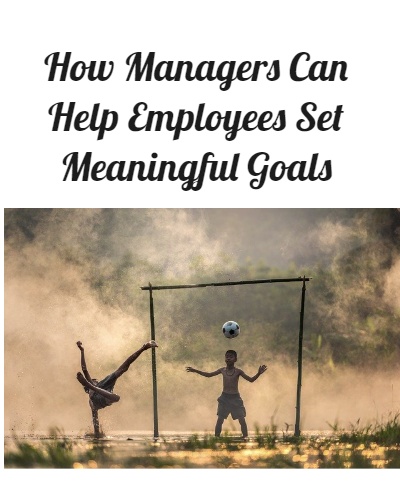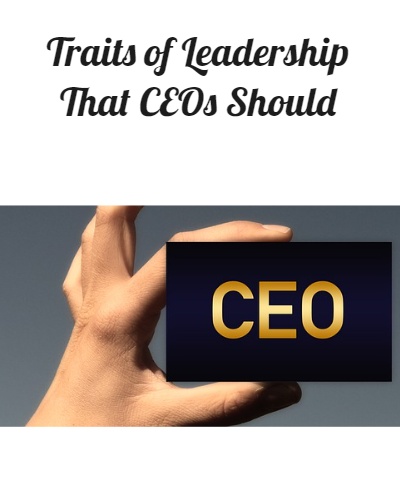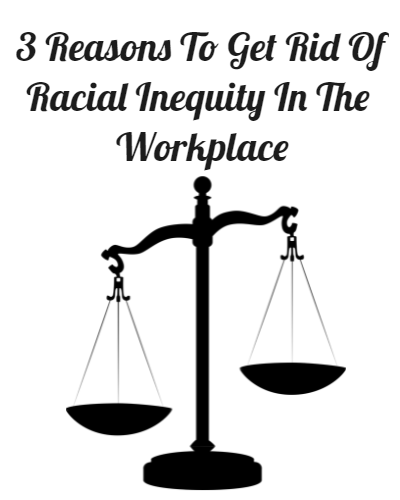5 Tips for Leading Corporate Teams through Inflation.
The economic impact of inflation goes beyond the bottom line for a company. Here’s how corporate leadership can best mitigate the impacts of inflation for their team and organization.
It is becoming clear that the pandemic is going to have lasting and deep effects on society beyond just the virus itself. With inflation on the rise, companies are raising prices and cost-of-living is increasing every day. Inflation (and a potential recession) is going to be the next hurdle that leadership is going to have to face within organizations.
Inflation means tough choices, an impact on the bottom line, and additional stressors on your employees. As businesses, there are some ways to mitigate the effects of inflation but there’s no doubt that it’s one of the most intense challenges that business leaders will face.
The State of Inflation as we continue in 2022
The state of inflation in 2022 is shifting every day. Moving into 2022, inflation was a major factor prediction by economists. It seems that today’s statistics are out of date the next day due to the rapidly shifting global pressures (Russian invasion of Ukraine, the pandemic, climate change).
Here are some stats around inflation today:
- 61% of small businesses in the U.S. have raised prices for their goods and services (highest percentage since 1964)
- The consumer price index climbed to 7.5% which has impacted price increases including energy, food, and housing costs.
- Employee compensation costs in 2021 surged the most they have in 20 years
5 Tips for Leading your Team through Inflation
- Analyze for Easy or Obvious Cost-Savings
This is what many may call the “low-hanging fruit”. Consider cost-savings or cost-cutting methods that will have minimal impact or disruption to your employees’ day-to-day. Conduct analyses on existing contracted services and look for opportunities to price freeze, renegotiate, or terminate depending on how important that service is to your business.
Stay on the lookout for low impact cost savings to help to maintain company culture and morale. The less obvious that you can make the instability or insecurity to your employees – the better it will be for employee retention and overall attitude as you collectively weather the storm.
- Honesty is the Best Policy (if Possible)
Preparing a company for a recession or a sudden rise in inflation is one of the hardest tasks that leadership will face at an organization. Often, it calls for tough decisions to be made under extreme internal and external pressures. When possible, honesty is a great strategy to ensure that your employees feel secure, heard, and communicated with.
Depending on the size and flexibility of your organization – it may be the best thing for retention and morale to be as transparent as possible with your staff. This balance between not “spooking” employees but making sure that they’re aware of the gravity of the existing situation is important. You may also be able to prepare for hiring or succession needs if you sense employees are seeking other opportunities.
- Reconsider Compensation for Retention Purposes
If your business is feeling the inflation squeeze on the bottom line, so are your employees. Prices and cost-of-living are skyrocketing across North America as a result of inflation pressures. Where possible, it may be advantageous for employee retention to consider a cost-of-living wage increase that is in line with the current consumer price increase (CPI) numbers. If wage increases are out of the question, consider other cost-saving methods for your employees such as remote work to save the cost of commuting.
Be careful not to spend egregiously on things that your employees may see as unnecessary but you see as a “benefit” to company culture. For example, distributing grocery cards or a free lunch may seem like a nice gesture but some employees may prefer to receive that same dollar amount in a simple wage increase or bonus cheque for other expenses. Instead of spending money on flashy “perks” – use your budget to line the pockets of your employees.
- Automate and Optimize Processes
Inflation can be a great opportunity for innovation, automation, and optimization. Consider taking the time to fully understand how all pieces of the organization are working with one another. Where is there overlap? Is there room to maximize efficiencies? What would a restructuring in various areas of your organization look like?
These are all ways to not only benefit your bottom line but also make your employees feel more effective as integral pieces of the operation. Automation may seem scary or threatening, but it can be about freeing up time to increase profits or wealth for the organization in other ways.
- Avoid Passing on Increased Costs to your Employees
There’s no doubt that this is an employee’s job market with so many companies hiring. Stories of the Great Resignation and employees leaving for “greener pastures” are becoming the norm.
It’s imperative through this inflation squeeze to consider employee retention – especially given how difficult it is sourcing, hiring, and compensating talented employees during this unprecedented time. Be extremely conscious about passing on increased costs to your employees.
Make no mistake that your employees will take note of how you treat your team moving through these challenging times. Those who feel that the corporation is putting the onus on them to shore up costs will leave. There’s no doubt about it. Be mindful of how you’re treating employees and approaching the overall company culture.
We would love to hear your comments about this article. Please contact us today!
Gary Brunson
gary@myclearfocus.com
Debra Rider
debra@myclearfocus.com
574.361.2674
Sustainable Growth & Profit Consultant, Coach, Mentor and Counselor/Therapist for Business Owners and Professionals.
All articles, quotes, and material in this newsletter are copyrighted by our associate Gary Sorrell, Sorrell Associates, LLC ©. No part can be reproduced in any form without specific written consent. All rights reserved worldwide. Thank you!











